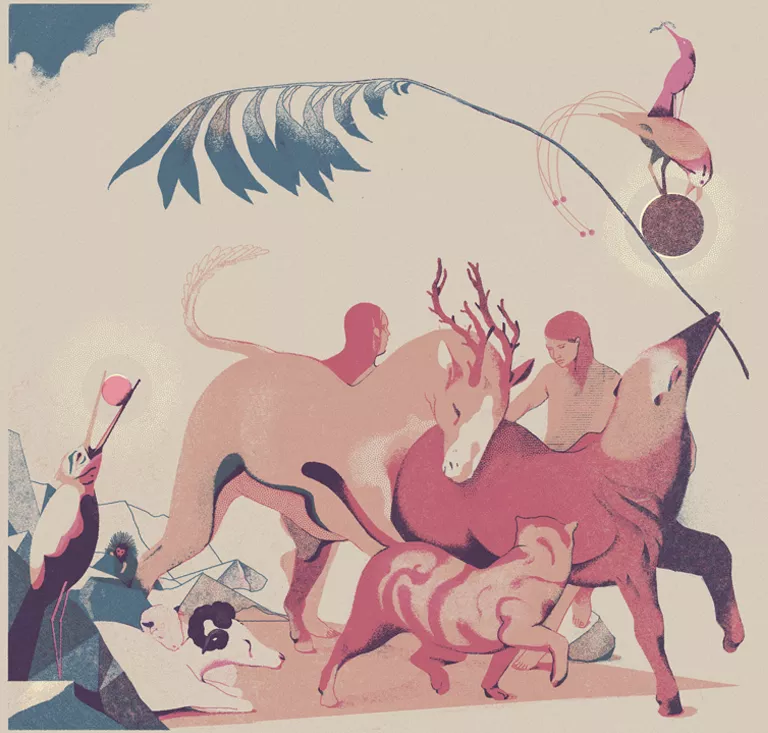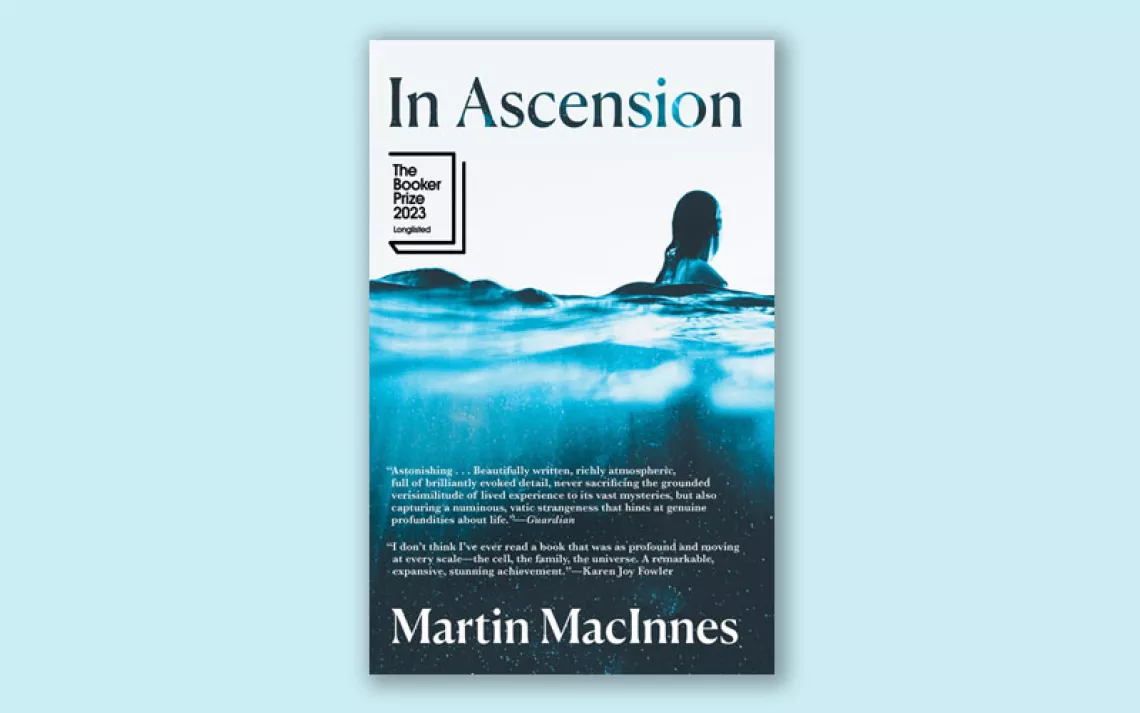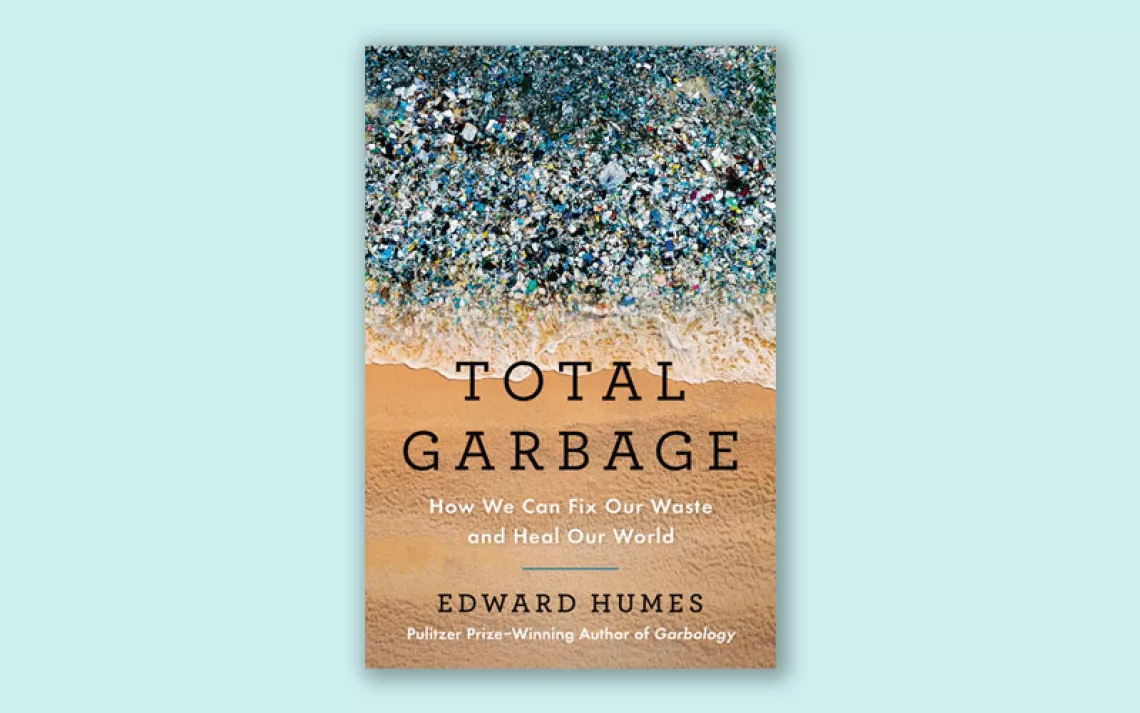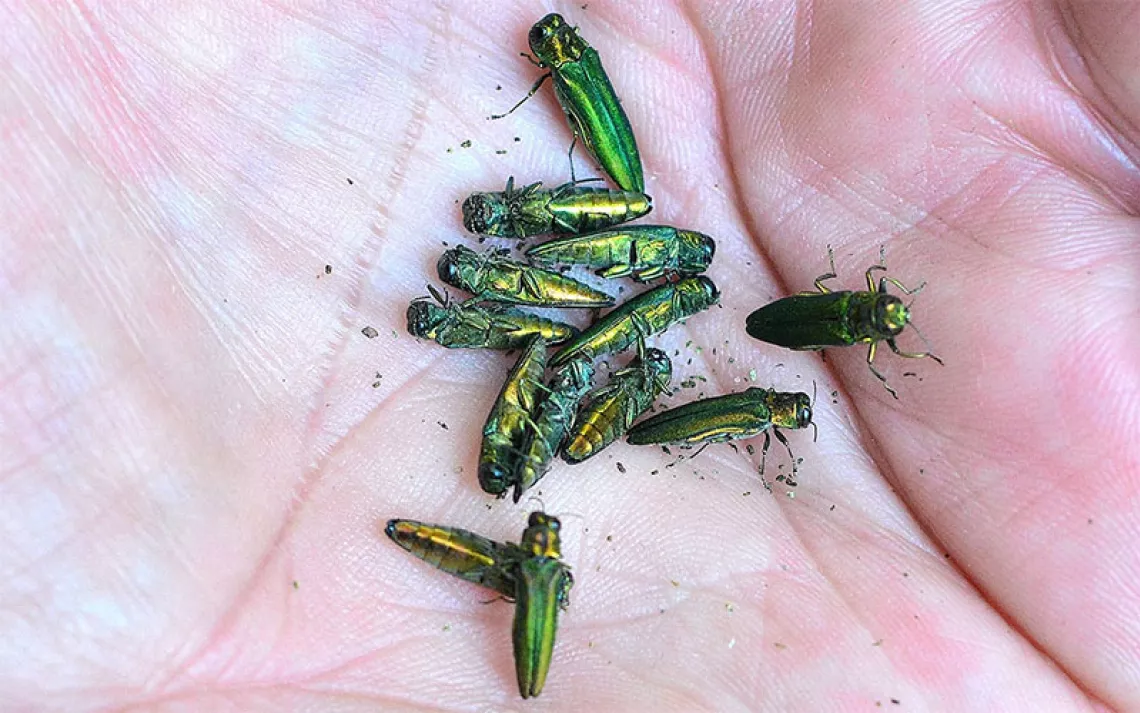More-Than-Human Points of View
Stories explore the world through the eyes of other animals

Illustration by Juan Bernabeu
Think about your favorite books from childhood—the ones that moved you to tears or comforted you to sleep. Chances are, those stories featured animals. In E.B. White’s Charlotte’s Web, we learn about the ethos of compassion through a pig named Wilbur, who is in danger of being slaughtered, and a literate barn spider, Charlotte, who is trying to save him. In Jean Craighead George’s My Side of the Mountain, young Sam Gribley trades city life for the woods and, after forging a close bond with a peregrine falcon named Frightful, discovers that independence relies upon an interdependence with all living things. In The Lion, the Witch and the Wardrobe, a magical portal leads young heroes into a world where animals talk, drink tea together, and resist political tyranny.
Animal myths, fables, and parables—usually offering a moral to contemplate—cross cultures and centuries. Indigenous Americans trace tales about clever irreverent tricksters like Raven and Coyote to time immemorial. “The Boy Who Cried Wolf” and “The Tortoise and the Hare” in Aesop’s Fables originated in Greece and Rome, then took root in kindergarten classes across the West. The Panchatantra, a collection of ancient fables and magic tales recorded in Sanskrit, doles out wisdom through the actions and mishaps of bees, fish, monkeys, snakes, and mongooses, among others. These stories blur the line between childhood and adulthood, drawing out the wisdom and the contradictions that often collide when the two meet. They call into question what it means to be human, and bring humanity, with its multiplicity of perspectives, into clearer view.
These books aim to shift the focus away from ourselves, if briefly, to broaden our understanding of life, human and nonhuman alike, with a simple question: What if?
What we know about nonhuman life is magical beyond imagining. Ed Yong illuminates the marvelous spectrum of existence in An Immense World: How Animal Senses Reveal the Hidden Realms Around Us. We meet scallops with 200 eyes, crickets with ears in their knees, songbirds who navigate by magnetoreception. Yet there’s so much we still don’t know. Do animals pray? Regret? Aspire? What, if anything, do they think or ask of us?
When we read fiction that features more-than-human characters, we enter a wondrous unknown, like slipping through the wardrobe. We experience awe, ponder responsibility, and reconsider the nature of kinship. Several contemporary novels feature protagonists who are distinctly animal and not merely humans cloaked in fur and claw, or flat field-guide replicas. These books aim to shift the focus away from ourselves, if briefly, to broaden our understanding of life, human and nonhuman alike, with a simple question: What if?
What if insects form alliances, make enemies, and contemplate looming catastrophes? Laline Paull follows that fascinating question to its logical conclusion in The Bees. One bee, Flora 717, finds herself enmeshed in hive politics. As she describes Flora 717’s plight, Paull weaves in a boatload of bee biology and the real-world mystery of colony collapse disorder, along with a clear ethos of anti-totalitarianism.
What if wild animals have religion, ethical structures, and beliefs? In Barbara Gowdy’s The White Bone, elephants live in a complex matrilineal society. As the animals flee poachers and confront grief, the book becomes as much about faith as the threat of extermination.
All these stories explore animal concerns against the real impacts of human intervention. They raise pointed ethical questions about how we humans behave in relation to the nonhuman life around us. Kira Jane Buxton’s postapocalyptic zombie novel, Hollow Kingdom, is narrated by a crow named S.T. (Shit Turd) who rallies the animal kingdom (cats, dogs, elephants, cows, humpbacks, polar bears) to save the world from and for the MoFos (humans). In The Island of Missing Trees, Elif Shafak reveals an omniscient narrator to be a fig tree grappling with the throes of human history and the passing of time.
Talia Lakshmi Kolluri’s stunning debut story collection, What We Fed to the Manticore, features a host of animal narrators—from a loyal donkey at the Gaza Zoo to a starving polar bear in the Arctic to a wizened vulture in Central Asia—who experience the effects of war, climate change, and mass extinction. The sense of loss, grief, loneliness, and betrayal transcends borders and species and underscores the blunt truth that nonhumans take the brunt of bad human behavior. The same shameful recognition shows up in the variety of ways nonhuman narrators portray humans: With justified fear and incredulity in The White Bone. With righteous impatience in Hollow Kingdom. With understanding and grace in Brian Doyle’s Martin Marten, a book in which an elk, a marten, and a boy engage in an exercise of empathy by swapping points of view.
These authors are out to do more than just tell a good animal-centric yarn. Look closely and you’ll see something radical at work: an insistence that even the language we use to discuss nonhuman beings should acknowledge their personhood. Starting with pronouns. Over 60 years ago, Jane Goodall embraced this ethos when she refused to refer to the chimpanzees with whom she worked as “it,” instead referring to each by name. She preferred “who” to “that.” Robin Wall Kimmerer rekindled the discussion in Braiding Sweetgrass through the lens of Indigenous languages. “So it is that in Potawatomi and most other Indigenous languages,” she writes, “we use the same words to address the living world as we use for our family. Because they are our family.”
Indigenous languages, like Indigenous storytelling, reveal a deep understanding of humanity’s place in the grand scheme of things: as relational. By adopting this perspective and incorporating it in language, we can reject the principle of individualism that so many cultures in the West herald as paramount. When we refer to animals as “it,” we implicitly assign them to a category that is different from our own—a category that separates us from that—and claim a kind of superiority. In the stories, myths, and fables that center more-than-human characters, we see that superiority overturned.
Either way we flip the lens—to see animals through ourselves or to see ourselves through animals—the endeavor itself is arrogant. How dare we assume? And yet, isn’t this what lovers do? Intimacy is always a mirror and a microscope. (If you want to explore this intimacy at the rawest level, read Marian Engel’s Bear.)
Part of why we read and write about animals is simply because we love them. By far the largest subgenre of animal-centered novels is pets. Consider two beloved classics. Jack London’s The Call of the Wild features a faithful dog who ultimately returns to the wild. May Sarton’s The Fur Person follows a “gentleman” cat who gives up freedom for comfort. Are these characters wild or domestic? Do our companions want to be with us or not? In Fifteen Dogs by André Alexis, two gods, on a bet, grant a group of Toronto shelter dogs human intelligence. When trouble ensues, we’re left to conclude that the dogs were better off without it and, by extension, to consider in what ways we might be too.
Henry Beston, author of The Outermost House, once wrote, “We need another wiser, and perhaps more mystical, concept of animals. . . . They are not brethren; they are not underlings: They are other nations caught with ourselves in the net of life.” Even as we accept this paradox—embrace our ignorance and take comfort in our shared destiny—we crave a more nuanced understanding of what it all means. More-than-human stories nod, with humility, to the fact that we’re wildly outnumbered here on Earth and to the possibility that greater wisdom lies both within and outside us.
Animals can show the way.
 The Magazine of The Sierra Club
The Magazine of The Sierra Club






